Home>Garden Essentials>How To Build A Vertical Garden Wall
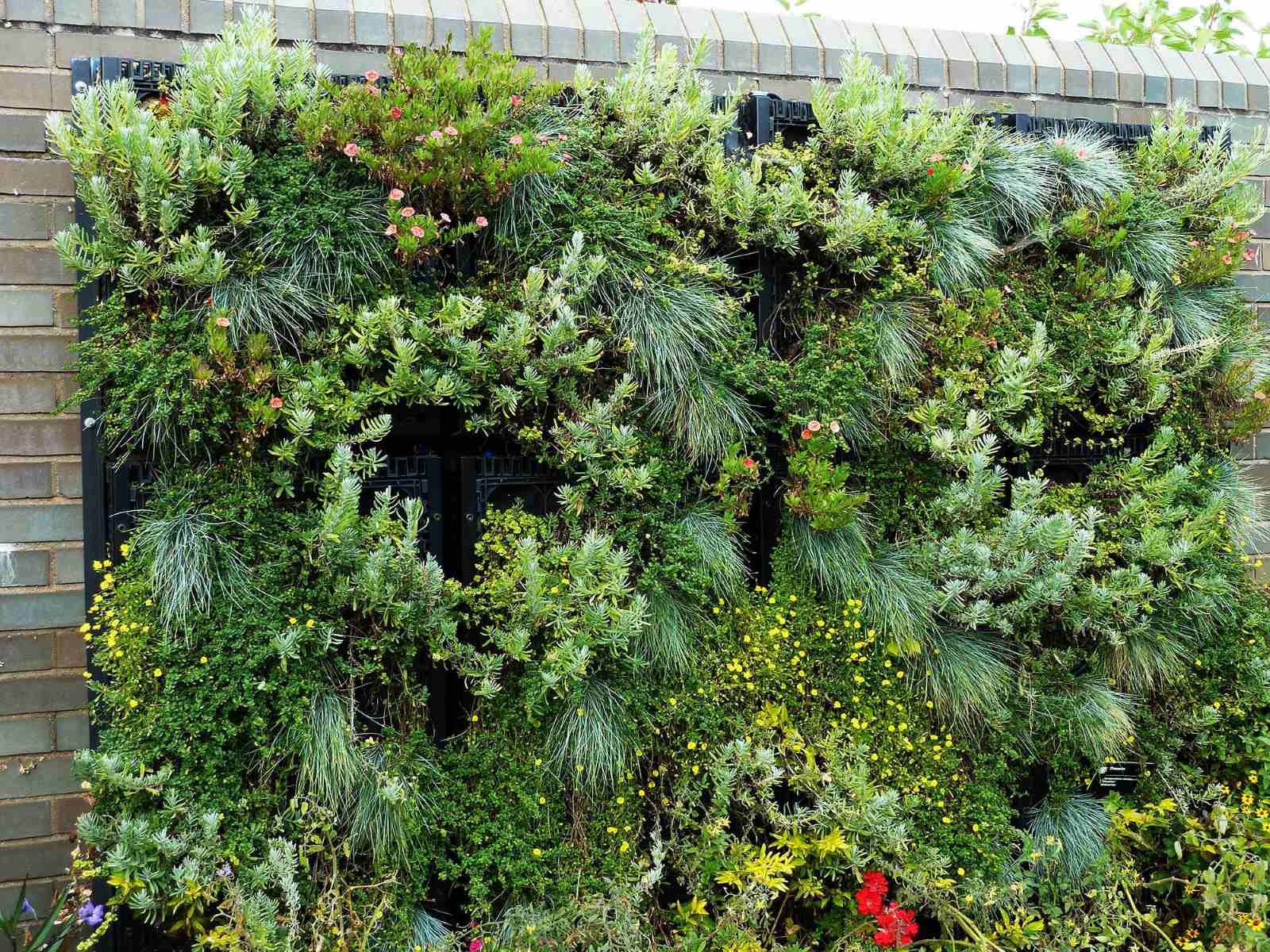

Garden Essentials
How To Build A Vertical Garden Wall
Modified: March 15, 2024
Learn how to create a stunning vertical garden wall and transform your outdoor space with our expert gardening tips and techniques.
(Many of the links in this article redirect to a specific reviewed product. Your purchase of these products through affiliate links helps to generate commission for Storables.com, at no extra cost. Learn more)
Introduction
Vertical garden walls have become increasingly popular in recent years as a way to maximize space and create stunning green spaces in both outdoor and indoor environments. These living walls not only add visual interest and aesthetic appeal to any space, but they also offer numerous benefits such as improved air quality, reduced energy consumption, and increased biodiversity.
Building a vertical garden wall may seem like a daunting task, but with the right knowledge and a little bit of creativity, it can be a fun and rewarding project. In this article, we will guide you through the process of constructing your own vertical garden wall, from choosing the right location to maintaining and troubleshooting common issues.
Key Takeaways:
- Choose the right location for your vertical garden wall by considering sunlight exposure and available space. This ensures your plants thrive in optimal conditions and have room to grow vertically.
- Select plants with shallow root systems and compact growth habits for your vertical garden. Popular choices include ferns, succulents, ivy, herbs, and flowering plants, providing both beauty and functionality.
Read more: How To Build Vertical Garden
Choosing the Right Location
One of the first and most important steps in building a vertical garden wall is selecting the right location. It’s crucial to consider factors such as sunlight exposure, space availability, and the overall aesthetic you wish to achieve with your garden.
Assessing Sunlight Exposure: Before you start building your vertical garden, observe the area throughout the day to determine how much sunlight it receives. Most plants require at least six hours of direct sunlight, so choose a location that offers adequate light for your plant selection.
Evaluating Space Availability: Consider the amount of space you have available for your vertical garden wall. Vertical gardens can be created on walls, fences, or even freestanding structures. Determine the dimensions of the area you want to cover to ensure you have the necessary space for your plants to thrive.
Selecting the Right Plants
Choosing the right plants is crucial for the success of your vertical garden wall. Not all plants are suitable for vertical gardening, as some may require more support or have specific growth habits. Here are some considerations for selecting plants for your vertical garden:
Considerations for Vertical Gardens: Opt for plants that have shallow root systems, as they will be more adaptable to the limited soil depth typically found in vertical gardens. Additionally, choose plants that have a compact growth habit, such as trailing or climbing varieties, to ensure they can grow vertically without taking up too much space.
Recommended Plant Varieties: Some popular plant choices for vertical gardens include ferns, succulents, ivy, herbs, and flowering plants like petunias and begonias. These plants are known for their adaptability to vertical growing conditions and their ability to provide beautiful foliage and blooms.
Remember to validate the output HTML to ensure it’s correct and well-structured.
Key Takeaways:
- Choose the right location for your vertical garden wall by considering sunlight exposure and available space. This ensures your plants thrive in optimal conditions and have room to grow vertically.
- Select plants with shallow root systems and compact growth habits for your vertical garden. Popular choices include ferns, succulents, ivy, herbs, and flowering plants, providing both beauty and functionality.
Read more: How To Build Vertical Garden
Choosing the Right Location
When it comes to building a vertical garden wall, choosing the right location is paramount to the success of your project. The location will affect the amount of sunlight your plants receive, the available space for your garden, and the overall aesthetic impact of your vertical garden. Let’s explore two important factors to consider: assessing sunlight exposure and evaluating space availability.
Assessing Sunlight Exposure
Sunlight is crucial for the growth and health of your plants, so it’s essential to assess the sunlight exposure in your chosen location. Take note of how much direct sunlight the area receives throughout the day. Most plants require at least six hours of direct sunlight per day, although some shade-tolerant varieties can thrive with less.
Observe your chosen location at various times of the day to determine the level of sunlight. Note any obstructions such as nearby buildings, trees, or structures that may cast shadows and reduce the amount of sunlight reaching your plants. Keep in mind that the angle of the sun changes throughout the year, so consider the seasonal variations in sunlight exposure as well.
Read more: How To Build A Vertical Garden Tower
Evaluating Space Availability
The amount of space available is another crucial factor when selecting the right location for your vertical garden wall. Depending on the size and scope of your project, you may need a small wall, a fence, or even a freestanding structure to accommodate your plants.
Measure the dimensions of the area you have in mind for your vertical garden. Consider both the width and height, as well as any limitations imposed by existing structures or features. Ensure that you have enough space for your plants to grow vertically without overcrowding or obstructing other elements in the area.
Additionally, think about the overall aesthetic impact you want to achieve with your vertical garden. Consider how it will fit into the space and complement the surrounding environment. Take into account the colors, textures, and shapes of the plants you plan to use, and how they will interact with the background or structures on which your vertical garden will be mounted.
By carefully assessing sunlight exposure and evaluating space availability, you can choose the right location for your vertical garden wall. This will provide the optimal conditions for your plants to thrive and create a visually stunning green space.
Remember to validate the output HTML to ensure it’s correct and well-structured.
Selecting the Right Plants
Choosing the right plants for your vertical garden wall is essential to ensure their success and longevity. Not all plants are well-suited for vertical gardening, so it’s important to consider certain factors when making your selection. Let’s explore two key considerations for vertical gardens and some recommended plant varieties.
Considerations for Vertical Gardens
Vertical gardens have unique growing conditions compared to traditional gardens, so it’s important to choose plants that can thrive in these specific environments. Here are some considerations to keep in mind:
- Shallow Root Systems: Vertical gardens typically have limited soil depth, so opt for plants that have shallow root systems. These types of plants are more adaptable to the confined growing space and can thrive in the shallow soil.
- Compact Growth Habit: Choose plants that have a compact growth habit, such as trailing or climbing varieties. These plants are well-suited for vertical gardening as they can grow vertically without taking up excessive amounts of space.
- Drought-Tolerant Varieties: Consider selecting plants that are known for their drought tolerance. Vertical gardens can experience higher evaporation rates, so choosing plants that are more resistant to dry conditions can help reduce water usage and ensure the health of your garden.
Recommended Plant Varieties
There are various plants that work well in vertical gardens and can provide both aesthetic appeal and functionality. Here are some recommended plant varieties to consider:
- Ferns: Ferns are excellent choices for vertical gardens as they have delicate foliage and prefer slightly shaded environments. They add a touch of elegance and create a lush, green backdrop for the other plants in your vertical garden.
- Succulents: Succulents are known for their water-storing abilities, making them perfect for vertical gardens with limited water access. They come in a wide range of shapes, colors, and textures, adding visual interest to your garden.
- Ivy: Ivy is a popular choice for vertical gardens as it has vigorous climbing habits and can create a dramatic effect when trained to climb walls or structures. It is also known for its ability to purify the air and absorb toxins.
- Herbs: Vertical gardens are an ideal way to grow herbs, providing easy access for harvesting and adding fresh flavors to your dishes. Popular choices include basil, thyme, rosemary, and mint.
- Flowering Plants: Petunias, begonias, and other flowering plants can add a pop of color to your vertical garden. Choose varieties with compact growth habits and vibrant blooms to create a visually appealing display.
When selecting plants for your vertical garden, consider their suitability for the specific growing conditions, such as limited soil depth and sunlight exposure. Choose a mix of plants that not only thrive in vertical environments but also complement each other in terms of aesthetics and functionality.
Remember to validate the output HTML to ensure it’s correct and well-structured.
Read also: 9 Incredible Vertical Indoor Garden For 2024
Constructing the Vertical Garden Wall
Once you’ve chosen the right location and selected the plants for your vertical garden, it’s time to start constructing the wall itself. Building a vertical garden wall may seem like a complex task, but with the right materials and techniques, it can be a rewarding and enjoyable project. Let’s explore the three key steps involved in constructing a vertical garden wall: gathering the materials, building the frame, and installing the support system.
Materials Needed
Before starting the construction process, gather all the necessary materials. Here’s a list of common items you’ll need for building a vertical garden wall:
- Frame Material: Choose a durable and weather-resistant material for the frame, such as wood, metal, or plastic. Ensure that the material can securely hold the weight of the plants and withstand environmental conditions.
- Backboard Material: Select a sturdy material for the backboard that will provide support and serve as the base for your vertical garden. Options include plywood, mesh, or even recycled pallets.
- Potting Containers or Plant Pockets: Depending on your preference, you can use individual potting containers or plant pockets to hold the soil and plants in the vertical garden wall.
- Screws or Nails: For attaching the frame and backboard together, choose appropriate screws or nails that will securely hold the structure in place.
- Waterproof Membrane: Consider adding a waterproof membrane or liner on the backboard to protect the wall and prevent excess moisture from seeping into the structure.
- Irrigation System: Depending on your preference and the size of your vertical garden, you might want to install an irrigation system to ensure proper watering for your plants.
Building the Frame
Start by building the frame for your vertical garden wall. Determine the dimensions of the frame based on the available space and the number of plants you intend to include. Cut the frame material into appropriate lengths, ensuring that the structure will fit securely against the chosen wall or support system.
Assemble the frame by attaching the various sections together using screws or nails. Ensure that the frame is sturdy and securely anchored to the wall or structure. Double-check the stability of the frame to support the weight of the plants and soil once it’s fully constructed.
Installing the Support System
After building the frame, it’s time to install the support system for your vertical garden wall. This involves attaching the backboard, which will serve as the base for your plants.
If you’re using a mesh or wire backboard, attach it securely to the frame using screws or nails. Ensure that the backboard is tightly secured to prevent any sagging or instability. If you’re using a solid backboard like plywood, attach it to the frame using appropriate fasteners, making sure it’s firmly in place.
If you’ve opted for an irrigation system, this is the time to install it. Lay out the necessary tubing or pipes and connect them to a water source. Be sure to follow the manufacturer’s instructions for proper installation and irrigation setup.
By gathering the required materials, building the frame, and installing the support system, you’ll be on your way to creating a sturdy and functional vertical garden wall.
Remember to validate the output HTML to ensure it’s correct and well-structured.
Read more: How To Build A Self-Watering Vertical Garden
Preparing the Soil and Irrigation
The success of your vertical garden wall depends on the health of your plants, and that starts with the soil and proper irrigation. Preparing the soil and incorporating an effective irrigation system are crucial steps in ensuring the long-term vitality of your vertical garden. Let’s explore two key aspects: soil selection and preparation, and incorporating irrigation systems.
Soil Selection and Preparation
Choosing the right soil for your vertical garden is essential, as it provides the essential nutrients and support necessary for plant growth. Here are some considerations for soil selection and preparation:
- Lightweight and Well-Draining: Opt for a lightweight and well-draining soil mix for your vertical garden. This helps prevent waterlogged soil and allows for proper aeration, essential for healthy root development.
- Organic Matter: Incorporate organic matter such as compost or aged manure into the soil to enhance nutrient content and improve soil structure. This encourages beneficial microbial activity and helps retain moisture in the soil.
- Fertility: Choose a soil mix that is rich in essential nutrients for plant growth. Consider adding slow-release organic fertilizers to ensure a steady supply of nutrients over time.
HPH Levels: Test the pH levels of your chosen soil and adjust if necessary. Most plants prefer a slightly acidic to neutral pH range.
Preparing the soil involves loosening it and removing any debris or large clumps. Mix in any necessary amendments or fertilizers based on the specific requirements of your chosen plants. Ensure that the soil is evenly distributed across the vertical garden wall, providing an optimal growing medium for your plants.
Incorporating Irrigation Systems
Proper irrigation is key to maintaining the health and vitality of your vertical garden wall. Here are some options for incorporating irrigation systems:
- Drip Irrigation: Drip irrigation is an efficient and water-saving option for vertical gardens. It provides targeted watering at the base of each plant, minimizing water waste and reducing the risk of overwatering.
- Micro Sprinklers: Micro sprinklers distribute water in a fine mist, allowing for thorough coverage of the vertical garden. This can be a good option if your garden has a larger area to cover.
- Hydroponic Systems: Hydroponics is a soil-less method of growing plants that involves providing nutrient-rich water directly to the plant roots. This can be an advanced option for vertical gardens and is commonly used in commercial applications.
Consider the size of your vertical garden and the specific watering needs of your chosen plants when selecting the type of irrigation system. Install the system according to the manufacturer’s instructions, ensuring that water is distributed evenly throughout the vertical garden wall.
Regularly monitor the moisture levels in the soil, adjusting the watering frequency and duration as needed. Remember that different plants have different water requirements, so it’s important to understand the needs of each plant in your vertical garden.
By selecting the right soil and preparing it properly, as well as incorporating an appropriate irrigation system, you’ll create an ideal growing environment for your vertical garden wall.
Remember to validate the output HTML to ensure it’s correct and well-structured.
Planting and Maintaining the Vertical Garden
Once you have constructed your vertical garden wall and prepared the soil, it’s time to plant and maintain your vertical garden. Proper planting techniques, watering, fertilization, pruning, and pest control are essential for the health and longevity of your vertical garden. Let’s explore these important aspects of maintaining your vertical garden.
Read more: How To Build A Vertical Pull-out Cabinet
Planting Techniques
When it comes to planting your vertical garden wall, there are a few techniques to keep in mind:
- Plant Placement: Consider the growth habit and light requirements of each plant as you decide where to position it on the vertical garden wall. Place taller plants towards the bottom and trailing or cascading plants towards the top to create a visually appealing arrangement.
- Planting containers: If you’re using individual pots or plant pockets, ensure they are securely attached to the wall or frame. Properly position each container to allow room for growth and ensure that the plant is centered and securely anchored in the container.
- Soil Fill: Carefully fill each planting container with the prepared soil, ensuring that the plant’s root ball is well-covered. Gently press down the soil around the plant to eliminate any air pockets.
Proper Watering and Fertilization
Watering and fertilizing your vertical garden correctly is vital for the health and productivity of your plants. Consider the following guidelines:
- Watering: Vertical gardens may require more frequent watering due to the limited soil volume. Monitor the moisture level of the soil regularly and water as needed, ensuring that the soil is evenly moist but not waterlogged. Adjust watering frequency based on weather conditions and the specific water needs of your plant varieties.
- Fertilization: Provide your plants with the necessary nutrients by applying a balanced, slow-release fertilizer according to the instructions on the packaging. Alternatively, use organic fertilizers such as compost or liquid seaweed extract to promote healthy growth.
Pruning and Pest Control
Regular pruning and pest control are essential for maintaining the health and appearance of your vertical garden wall. Follow these tips:
- Pruning: Trim back any dead or damaged foliage to promote robust growth and maintain a tidy appearance. Prune excessive growth to prevent overcrowding and ensure proper air circulation.
- Pest Control: Monitor your vertical garden regularly for signs of pests, such as aphids, mites, or snails. Use organic pest control methods such as hand-picking or applying insecticidal soap if necessary. Preventative measures like companion planting and regular plant inspections can help minimize pest infestations.
Take the time to observe your vertical garden wall regularly, paying attention to the health of your plants, pest activity, and any signs of nutrient deficiencies. This will allow you to address any issues promptly and help maintain the longevity and beauty of your vertical garden.
Remember to validate the output HTML to ensure it’s correct and well-structured.
Troubleshooting Common Issues
While vertical gardens can be a beautiful addition to any space, they may encounter some common issues that can affect the health and appearance of your plants. By being aware of these issues and knowing how to address them, you can maintain a thriving vertical garden. Let’s explore two common issues and how to troubleshoot them: dealing with water drainage problems and managing plant diseases and pests.
Dealing with Water Drainage Problems
Proper water drainage is essential for the health of your vertical garden. When excess water accumulates and doesn’t drain efficiently, it can lead to waterlogging, root rot, and other issues. Here’s how to tackle water drainage problems:
- Improve Soil Drainage: If you notice pooling water or soil that remains excessively wet, consider improving the soil’s drainage. Add organic matter like perlite or vermiculite to the soil mix to increase drainage and aeration.
- Check Irrigation System: Ensure that your irrigation system is functioning correctly and providing the right amount of water. Check for leaks or clogs in the irrigation lines and adjust watering schedules as needed.
- Adjust Watering Practices: Be mindful of watering practices to avoid overwatering. Allow the soil to dry out slightly between watering sessions and adjust the frequency and duration based on the specific needs of your plants and local weather conditions.
Managing Plant Diseases and Pests
Another challenge that may arise in your vertical garden is plant diseases and pests. Early detection and swift action can help prevent the spread and minimize damage. Here are some strategies to manage plant diseases and pests:
- Monitor Plant Health: Regularly inspect your plants for any signs of diseases or pest infestations, such as wilting leaves, discoloration, holes in leaves, or visible insects. Prompt detection can help you take immediate action.
- Practise Good Sanitation: Remove any diseased or infected plant material to prevent the spread of diseases. Clean your tools and equipment after each use to avoid cross-contamination.
- Implement Natural Pest Control: Use organic pest control methods whenever possible. Introduce beneficial insects like ladybugs or lacewings that naturally prey on common garden pests. Use insecticidal soap or natural sprays made from garlic, neem oil, or chili pepper to deter pests.
- Consider Companion Planting: Planting certain flowers and herbs that repel pests or attract beneficial insects can help protect your vertical garden. For example, marigolds can deter aphids, and basil can attract pollinators and repel mosquitoes.
By addressing water drainage problems and promptly managing plant diseases and pests, you can ensure the health and longevity of your vertical garden. Regular observation and prompt action are key to maintaining a thriving and beautiful green space.
Remember to validate the output HTML to ensure it’s correct and well-structured.
Conclusion
Building a vertical garden wall is a rewarding project that allows you to maximize space, create a stunning green space, and enjoy the numerous benefits of living walls. By following the steps outlined in this article, you can successfully construct, plant, and maintain your vertical garden, creating a beautiful and vibrant addition to any indoor or outdoor space.
When choosing the right location for your vertical garden wall, consider the sunlight exposure and available space. Assessing these factors will ensure that your plants receive adequate light and have enough room to grow vertically.
Selecting the right plants for your vertical garden is equally important. Choose plants with shallow root systems and compact growth habits that are suitable for vertical gardening. Ferns, succulents, ivy, herbs, and flowering plants are popular choices that thrive in vertical environments.
Constructing the vertical garden wall involves gathering the necessary materials, building the frame, and installing the support system. Choose durable materials for the frame and a sturdy backboard to provide a solid base for your plants. Incorporating an irrigation system ensures proper watering for your vertical garden and helps maintain plant health.
Preparing the soil and implementing the right irrigation system are vital for the success of your vertical garden. Select lightweight, well-draining soil and incorporate organic matter to provide essential nutrients for your plants. Choose an appropriate irrigation system, such as drip irrigation or micro sprinklers, to ensure your plants receive adequate water.
Planting your vertical garden wall requires careful consideration of plant placement and proper soil fill. Regular maintenance, including proper watering, fertilization, pruning, and pest control, will help sustain the health and beauty of your vertical garden.
Finally, be prepared to troubleshoot common issues that may arise, such as water drainage problems and plant diseases or pests. Implementing proper drainage techniques and practicing good sanitation will help mitigate these challenges and protect your plants.
With dedication, attention to detail, and a little bit of creativity, your vertical garden wall will flourish, providing a visually captivating and environmentally beneficial space. Enjoy the process of creating and maintaining your vertical garden, and revel in the beauty and serenity it brings to your home or garden.
Remember to validate the output HTML to ensure it’s correct and well-structured.
Frequently Asked Questions about How To Build A Vertical Garden Wall
Was this page helpful?
At Storables.com, we guarantee accurate and reliable information. Our content, validated by Expert Board Contributors, is crafted following stringent Editorial Policies. We're committed to providing you with well-researched, expert-backed insights for all your informational needs.
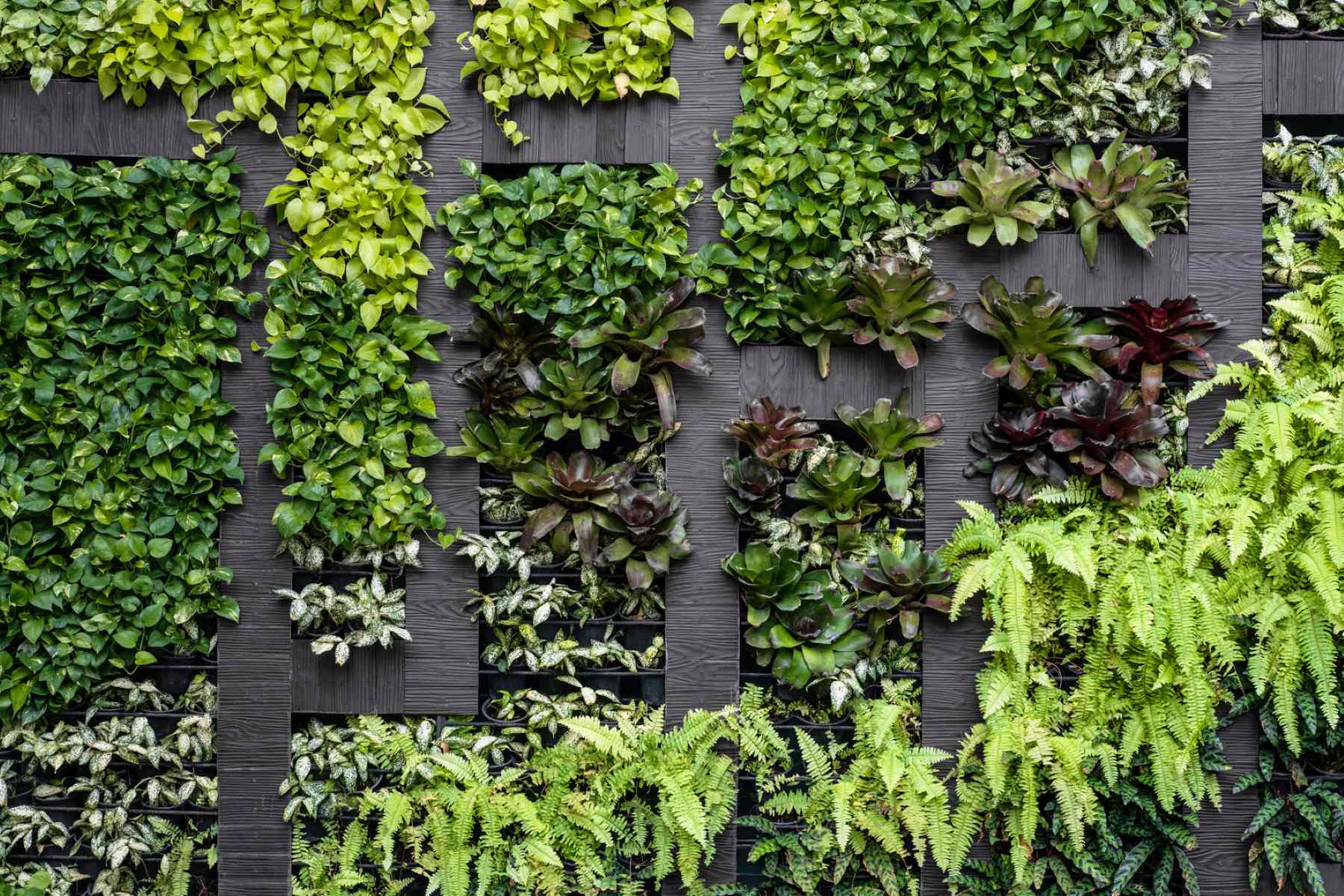
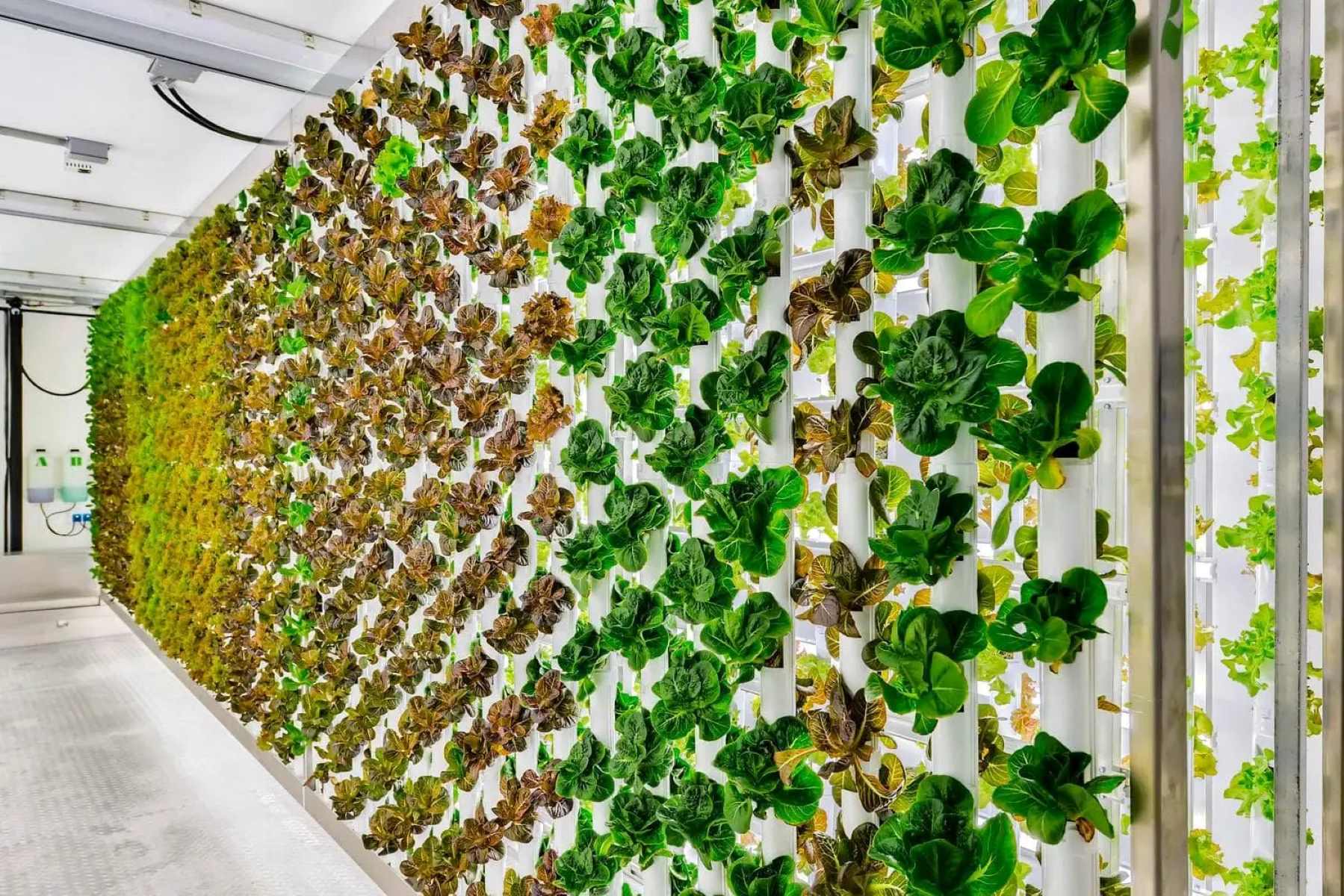
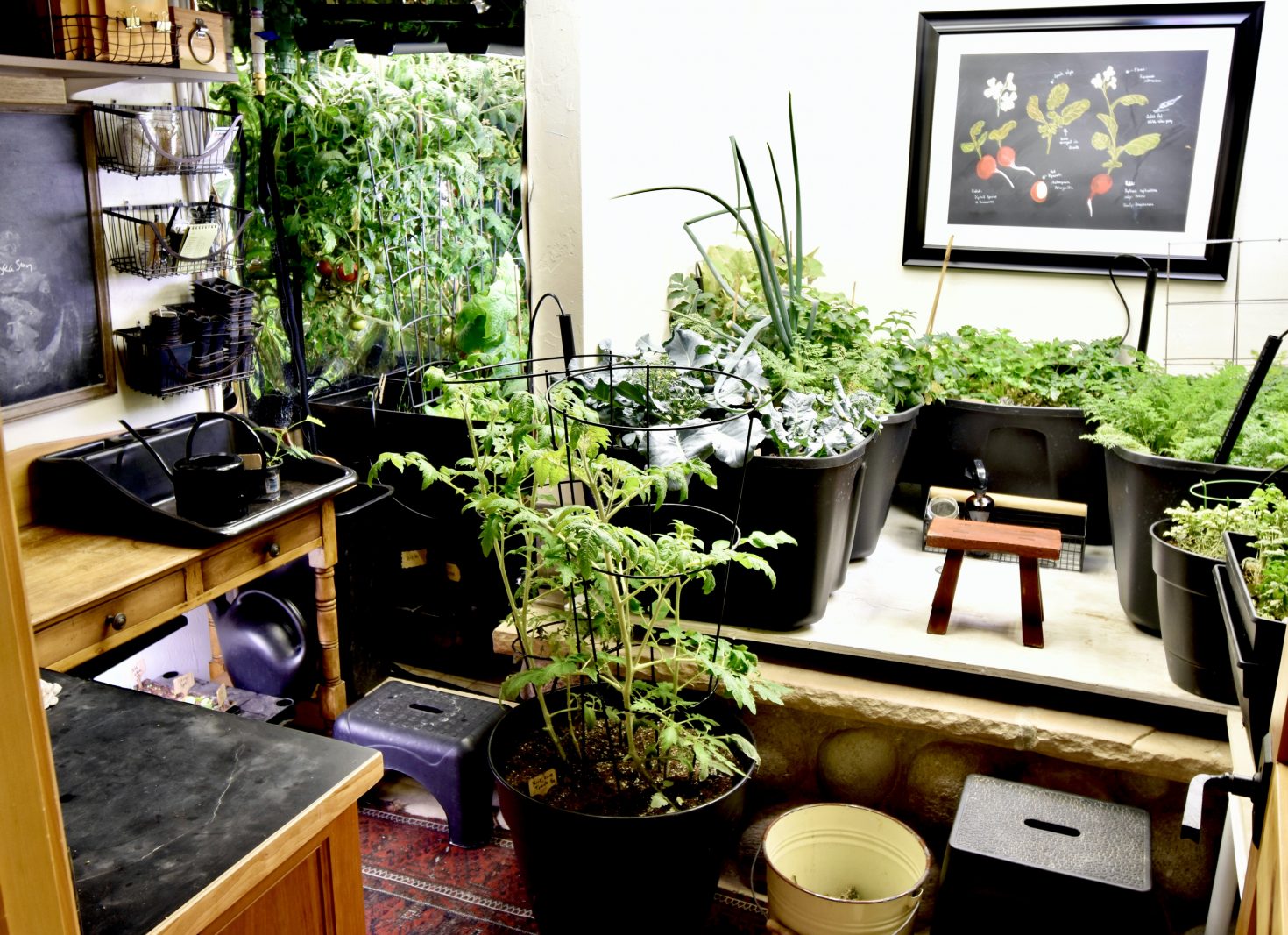
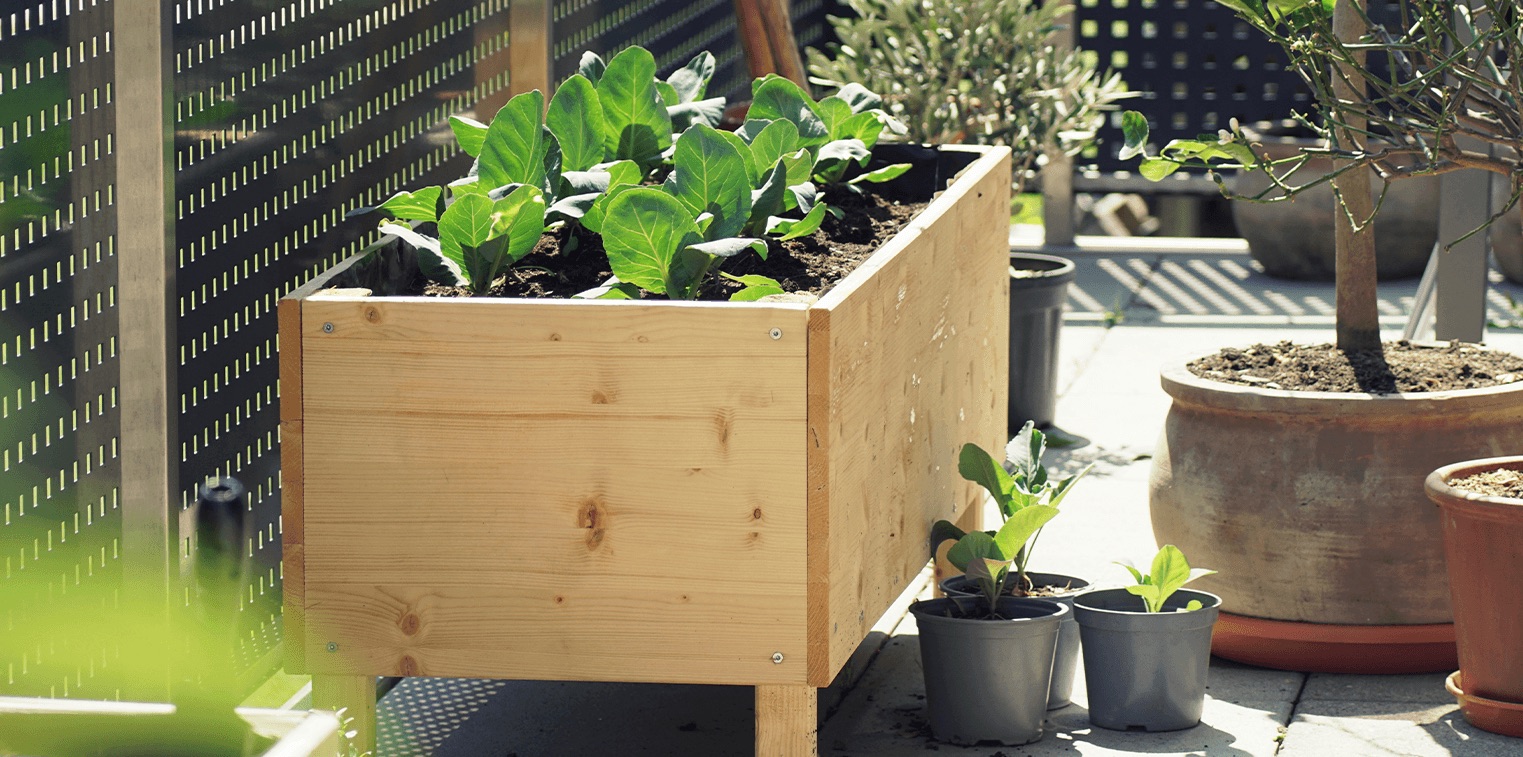
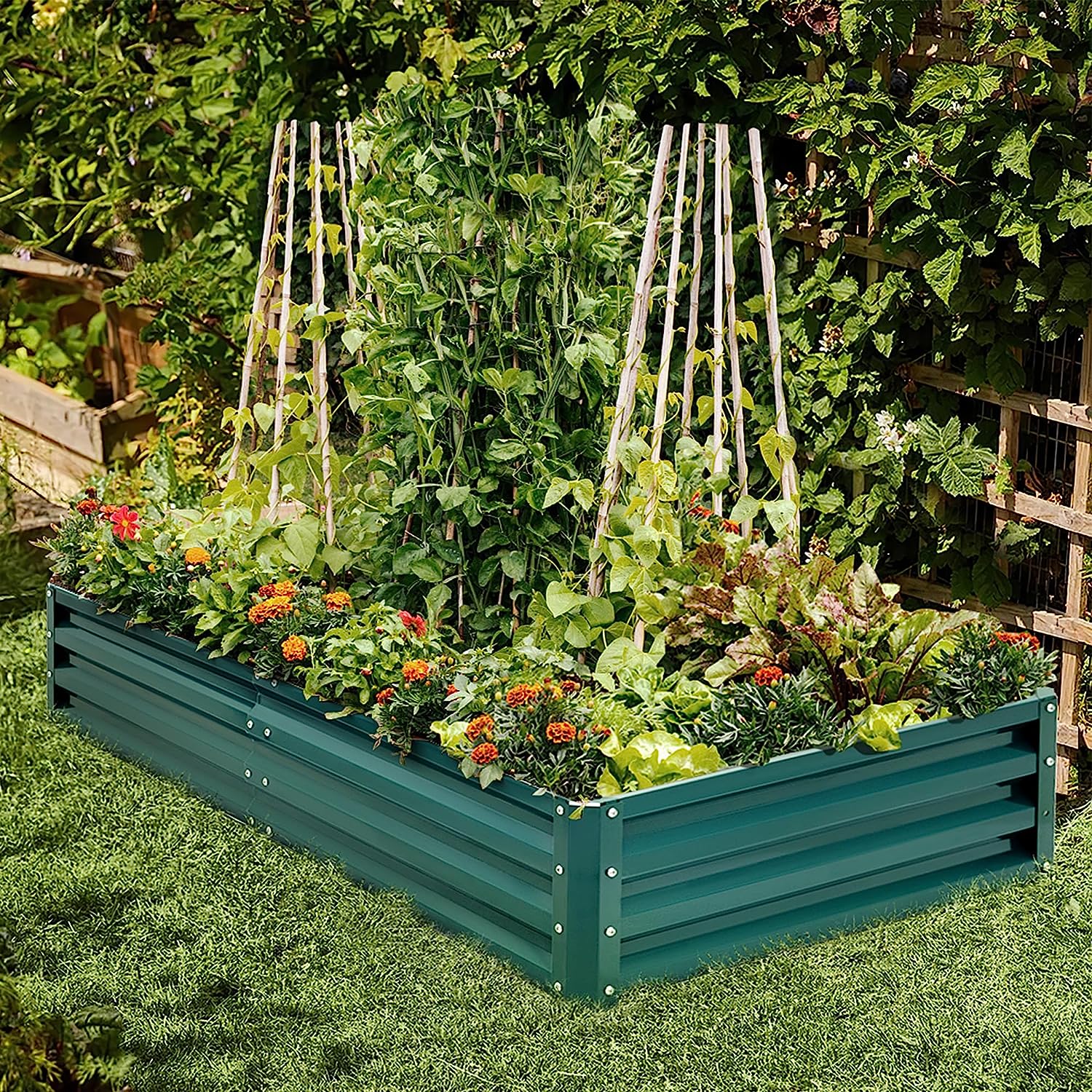
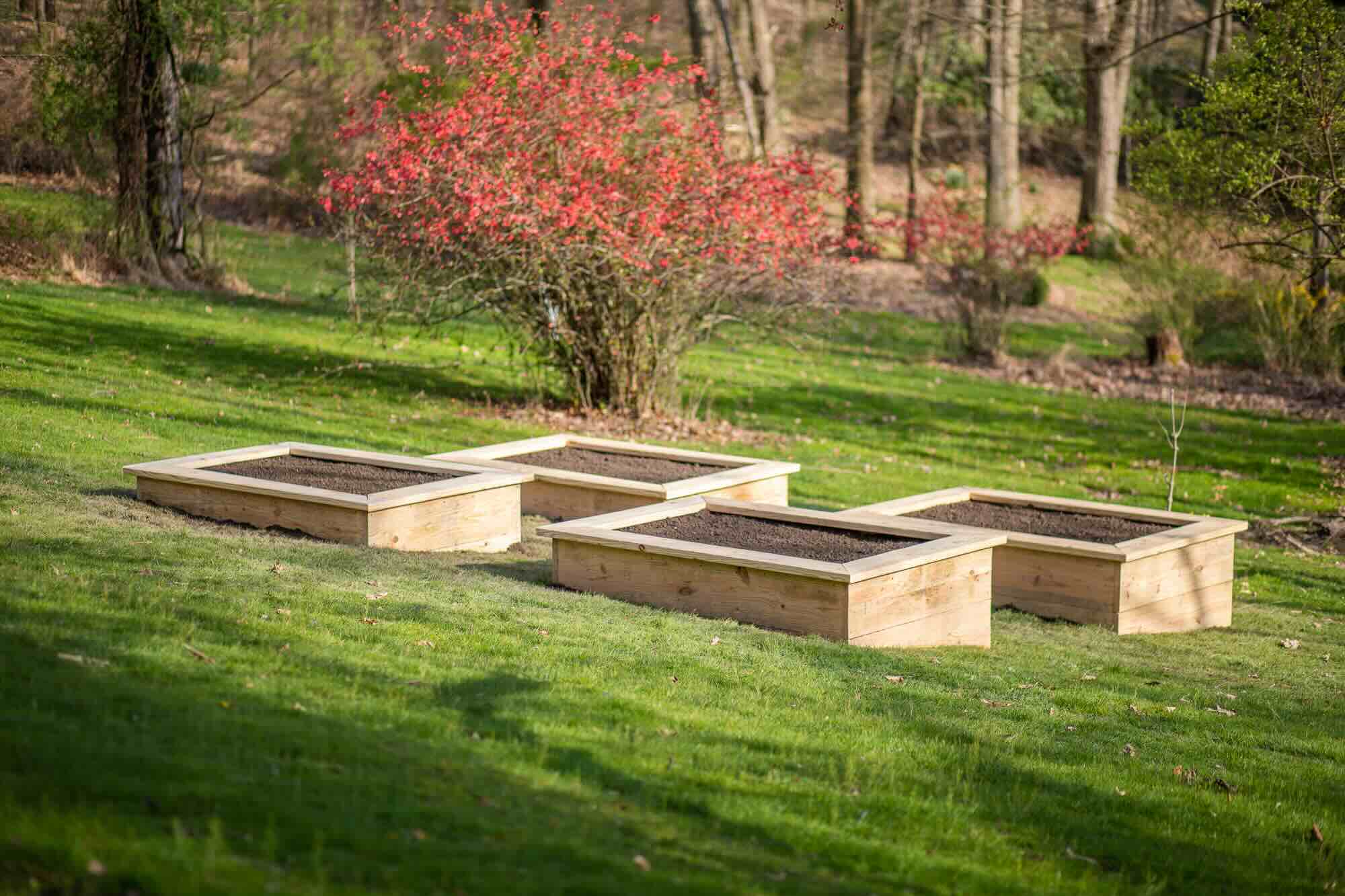
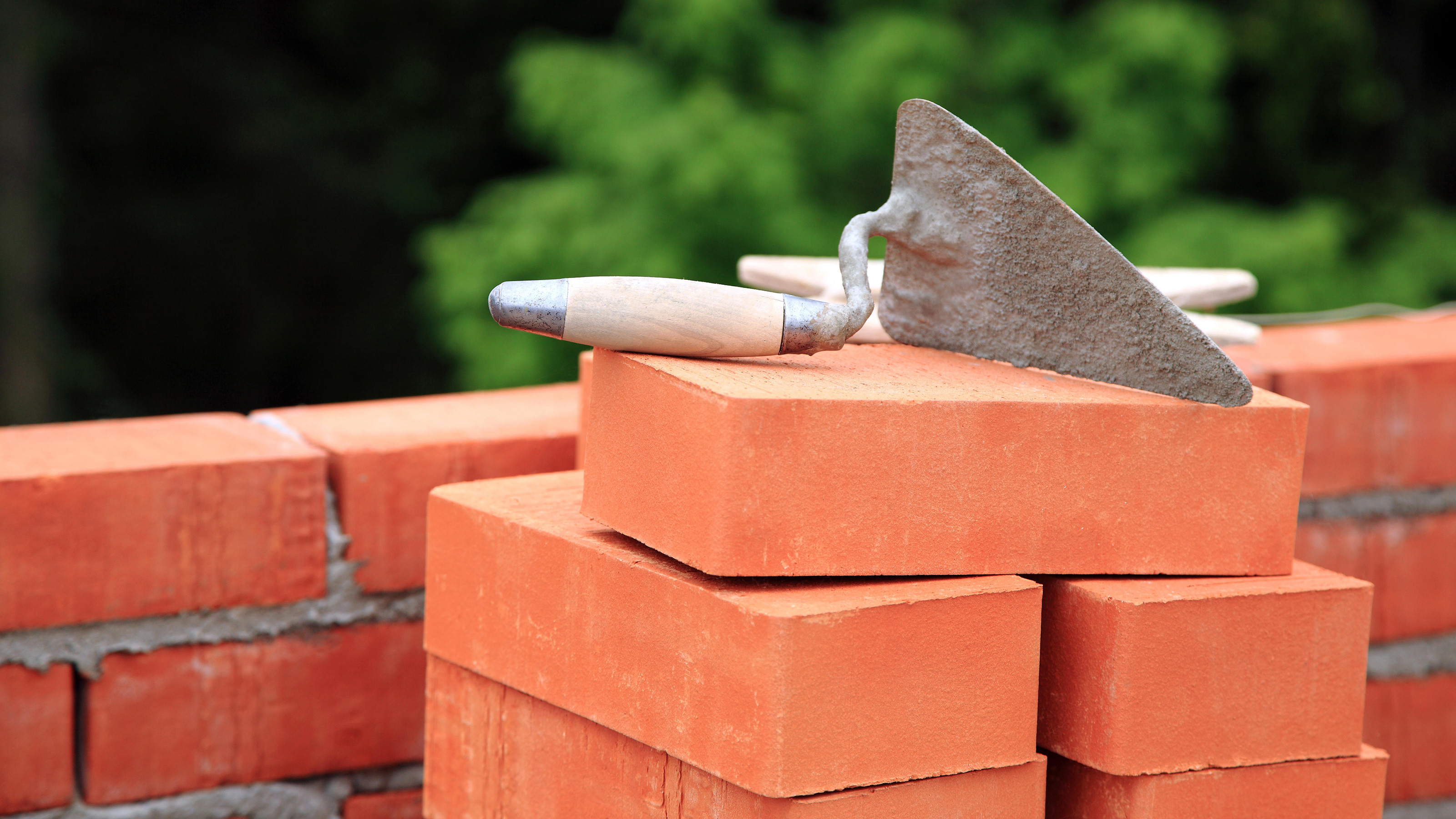
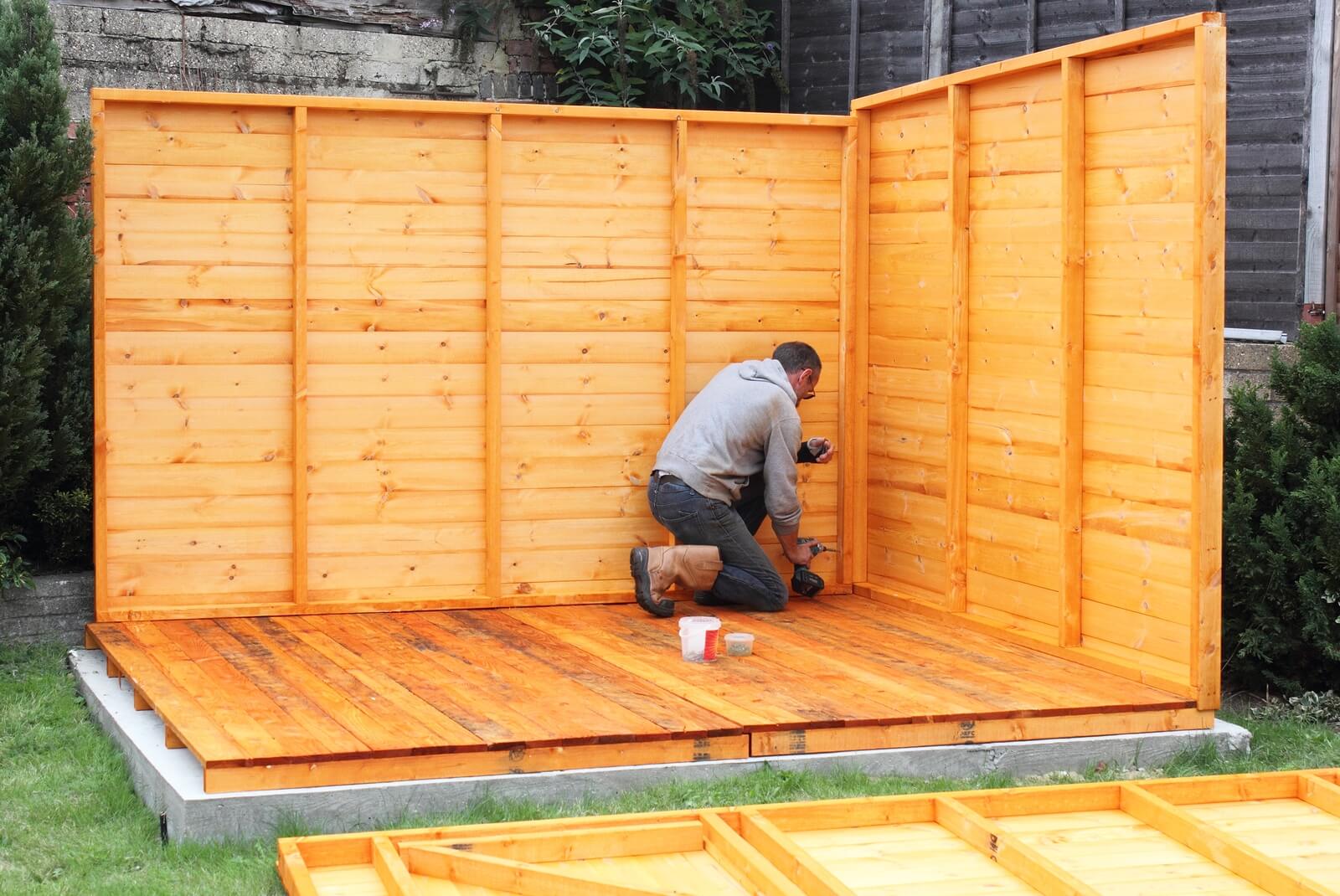
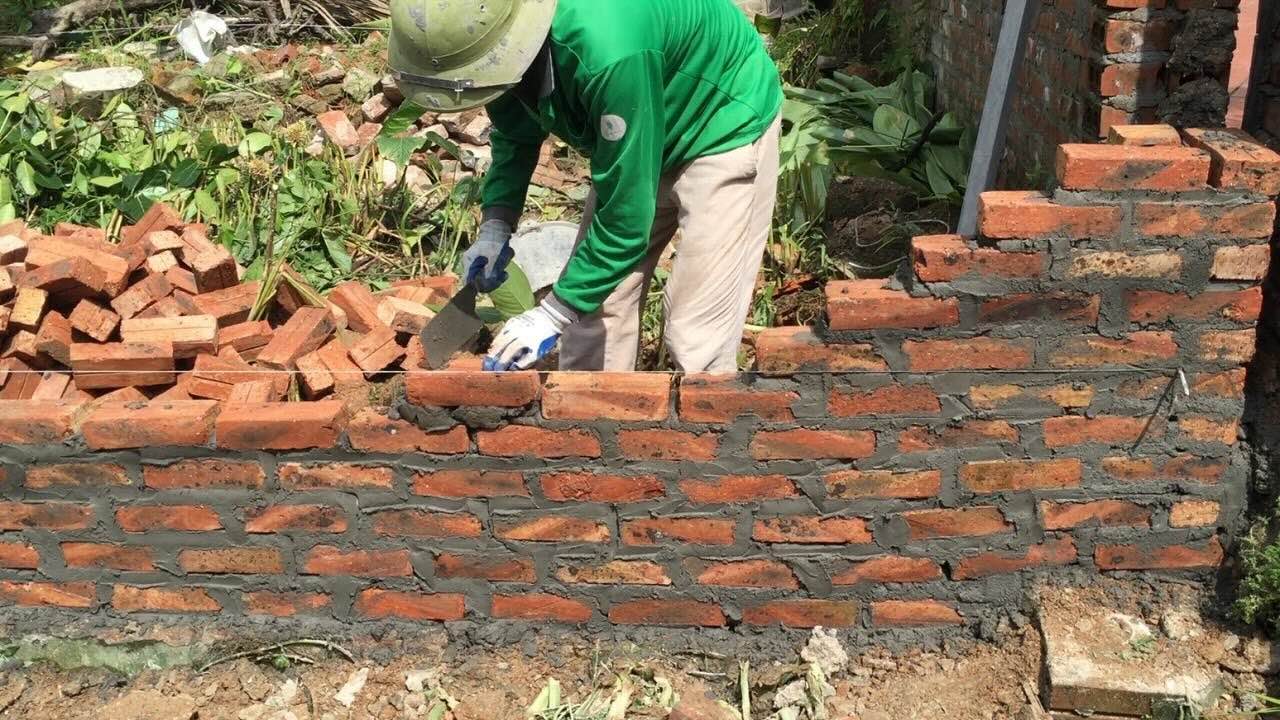
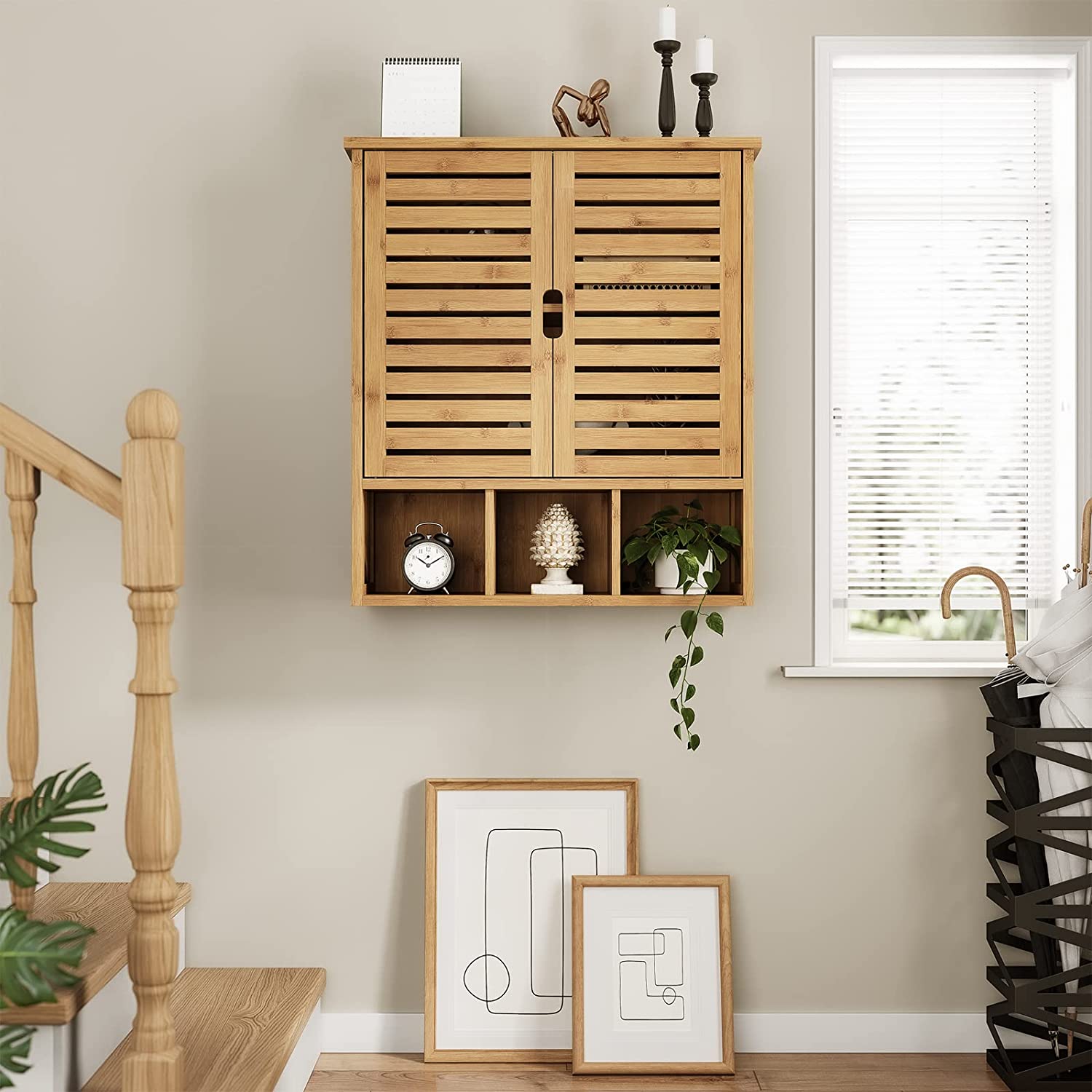

0 thoughts on “How To Build A Vertical Garden Wall”